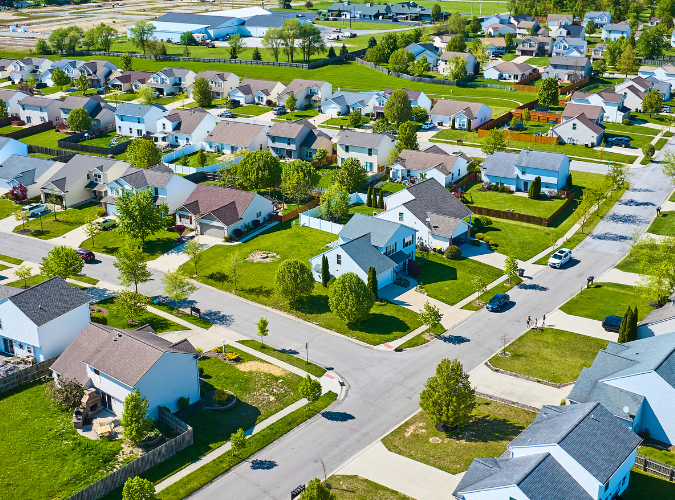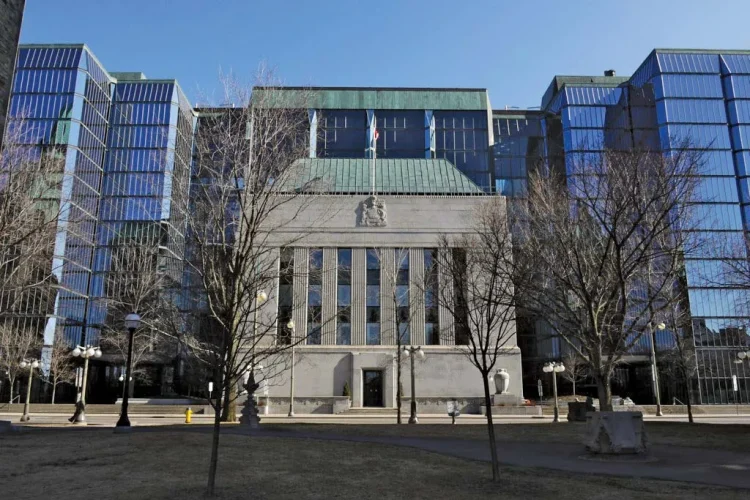When considering buying a home, it’s easy to get swept up in the excitement of the property itself—how it looks, its layout, and whether it meets your immediate needs. However, the neighborhood surrounding that home is equally crucial to your overall satisfaction and investment. Scoping out the area before you finalize the purchase is a smart way to ensure that you’re not just buying a house, but securing a quality living environment.
Here are a few reasons why it’s essential to assess the neighborhood thoroughly:
1. Community Vibe and Compatibility
- Talk to Neighbors: Visiting the area and speaking with the people who live there can give you invaluable insight into what it’s really like to live in the neighborhood. Do the neighbors seem friendly? Is there a sense of community? Are they quiet and considerate, or is there a lot of noise and disruption?
- Local Culture and Lifestyle: Different neighborhoods have different vibes—some may be family-oriented, while others may be more geared toward young professionals or retirees. Understanding the community culture will help you assess whether it aligns with your lifestyle and preferences.
2. Safety and Security
- Crime Rates: Even if a neighborhood looks great on the surface, it’s important to research crime rates. Visit local police department websites or community forums to get an idea of whether the area is considered safe.
- Local Infrastructure: Check if there are security measures in place, such as street lighting or neighborhood watch programs. A walk or drive through the area at night can reveal a lot about how safe it feels after dark.
3. Noise Levels and Traffic
- Day vs. Night: A neighborhood that seems peaceful during the day might become noisy in the evening or on weekends. Noise levels can be impacted by nearby businesses, schools, or traffic. If you’re sensitive to noise, make sure to visit at different times—early morning, midday, and evening—to get a true sense of what the neighborhood is like at various times of the day.
- Traffic Flow and Parking: Check the flow of traffic, especially if you have a commute. Is the area congested during rush hour? Is parking easy or difficult to find?
4. Amenities and Convenience
- Proximity to Essentials: Ensure the neighborhood is conveniently located for your daily needs. Is it close to grocery stores, schools, hospitals, parks, and other essential services? Proximity to public transportation can also be an important factor, particularly if you don’t drive or prefer to use public transit.
- Future Development: Research any planned developments in the area. Are there any zoning changes that could impact the neighborhood in the future—such as commercial developments, schools, or parks? Understanding what could change shortly can affect your long-term satisfaction with the location.
5. Schools and Education
- Quality of Local Schools: If you have children or plan to in the future, it’s worth investigating the local schools. Are the schools highly rated? Are there extracurricular activities available? Even if you don’t have children, the quality of local schools can influence property values and long-term desirability.
6. Real Estate Trends
- Resale Value: Before buying, think about the future marketability of the property. A great neighborhood today might not be as desirable in a few years. Research whether the area has seen growth or decline in property values over time. Are there any signs of gentrification or new investments that could affect the neighborhood’s future value?
- Homeowner Association (HOA): If the property is within a community with an HOA, make sure to understand the rules, fees, and regulations. Some people love the structure that an HOA provides, while others find it restrictive.
7. Potential for Personal Connection
- Feel the Area: When you’re out visiting the neighborhood, try to spend time doing what you might typically do once you live there. Take a walk in the local park, visit a coffee shop, or stroll around the local shops. Sometimes, it’s a gut feeling—whether the neighborhood feels “right” for you or not. Trust your instincts when it comes to feeling comfortable in the environment.
By taking the time to scope out the neighborhood, talk to residents, and observe the area at different times, you ensure that the home you buy isn’t just an investment in a structure, but a choice in a community that fits your lifestyle and long-term goals. Buying a home is a major financial decision, so make sure you’re comfortable not only with the house itself but with the neighborhood it’s a part of. This way, you can avoid unpleasant surprises down the road and enjoy peace of mind knowing you’ve made an informed choice.



